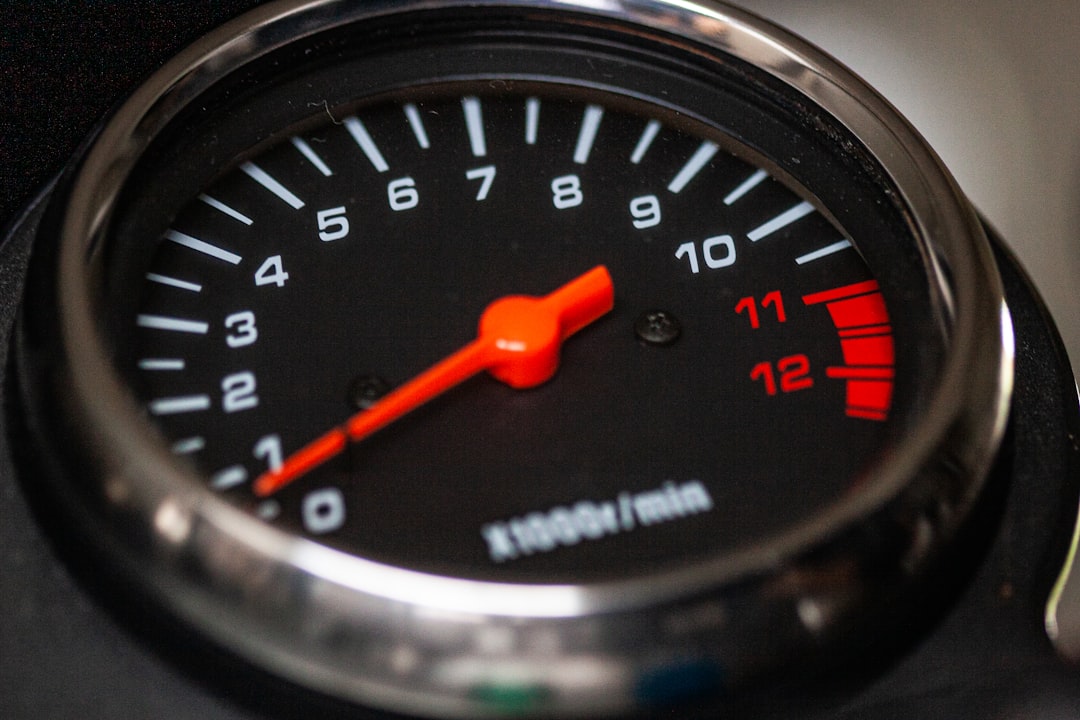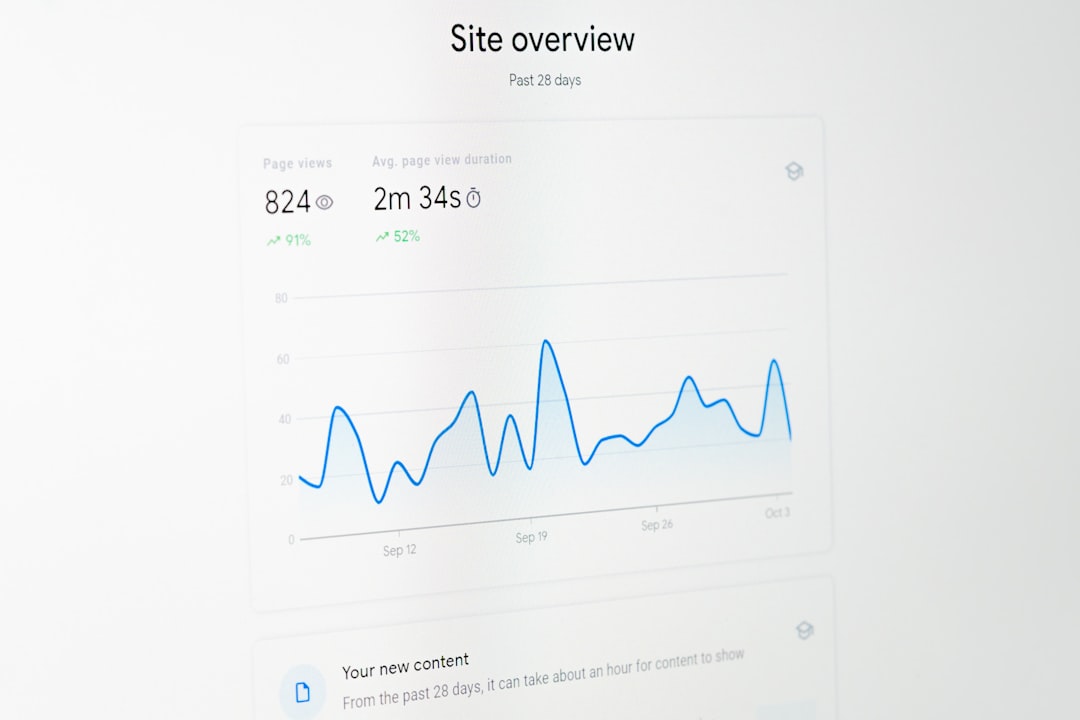What if your website could make you more money just by loading faster? Sounds like magic, right? But it’s real. Speed is one of the most powerful levers when it comes to digital performance. And it pays off. Let’s break down why website speed matters so much and how you can measure its value in dollars.
Why Speed Matters
Imagine you walk into a store, but it takes five seconds for someone to greet you. Then, another five seconds to show you the product you want. You’d be annoyed. Maybe you’d walk out.
That’s exactly how users feel when your website is slow.
Here’s what can happen when your website is faster:
- Users stay longer
- They view more pages
- They’re more likely to buy
- They tell their friends
Yep, all from loading a second or two faster.
Speed and Conversion – The Link
Studies show that every second of delay can reduce conversions by 7%. So if your site brings in $10,000 a day, just one second of delay could cost you $700 daily.
Whoa, right?
And it’s not just sales. Speed affects sign-ups, downloads, leads, and user experience overall.

So… What’s ROI Got to Do With It?
Glad you asked. Let’s clear this up simply.
ROI stands for Return on Investment. It’s like a scorecard. You invest money and time to speed up your site. Then check if it paid off in actual results (like more sales).
Here’s a fun way to look at it:
- Faster site = better user experience
- Better UX = more trust and action
- More action = better business results
This chain reaction means speed isn’t just a “nice to have” feature. It’s a direct pipeline to increased revenue.
A Simple ROI Model for Performance
Let’s build a lightweight model to calculate the return from making your website faster.
Step 1: Know Your Numbers
You need a few things:
- Website traffic (visits per month)
- Conversion rate (how many visitors take action)
- Average order value
- Current average page load time
Example:
- 100,000 monthly visits
- 2% conversion rate
- $100 average order value
- 4-second average page load
Step 2: Estimate the Speed Impact
Now let’s say we shave off 1 second of load time. Based on industry averages, we might see a 7% increase in conversions.
Which means:
- New conversion rate = 2.14%
- New sales = 2.14% of 100,000 = 2,140
- Total monthly revenue = 2,140 x $100 = $214,000
The old revenue was:
- 2,000 sales x $100 = $200,000
Additional Revenue = $14,000/month
Not bad for a second!
Step 3: Compare It to the Cost
Let’s say improving speed costs $20,000 once. In two months, your improved performance could already pay off that investment.
ROI = (Gain – Cost) / Cost
So using our numbers:
ROI = ($14,000 * 12 – $20,000) / $20,000 = 7.4 or 740%
Now that’s what we call turbocharged value!
Performance Touches Everything
Speed doesn’t just improve conversion. It has ripple effects:
- SEO: Faster sites rank higher in Google
- Ad ROI: Paid ads bring better results when the landing page is snappy
- Customer satisfaction: Happy users come back!
- Mobile experience: Speed is even more important on slow networks

How to Improve Speed
Cool, so now you’re convinced speed matters. But where do you start?
Focus on These Areas:
- Images: Compress them. Use the right format.
- Caching: Store data locally so it loads faster next time
- Minify code: Shrink HTML, CSS, and JavaScript files
- Use a CDN: Deliver content from servers closer to users
- Reduce server response time: Optimize your backend
Use These Tools:
- Google PageSpeed Insights
- WebPageTest
- Lighthouse (built into Chrome DevTools)
These programs will tell you what’s slowing your site down—and how to fix it.
The Human Side of Speed
Let’s not forget, we’re talking about humans on the other side of the screen. Nobody likes to wait. Online attention spans are razor-thin. Even a one-second hiccup can make someone leave.
Speed tells users you respect their time. That builds trust. And trust turns visitors into customers.
Speed is invisible. But its effects are huge.
When something loads smoothly, people feel good. They don’t think “Wow, this is so fast!” — but their brains relax. They stay focused. They keep going.
Speed Is a Strategy, Not Just a Fix
Many teams treat performance like an afterthought. But the best digital companies treat it like a core strategy.
Don’t just tune performance once and forget it. Build it into your roadmap. Set targets. Monitor constantly. Make it part of your culture.
Pro Tip:
Add performance budgets. These set maximum limits on page size and load time. It keeps everyone on the team aligned.
Designers, developers, marketers—all should care about speed.
Because everyone wins when your site is faster.
Recap: Speed = ROI
Let’s sum it all up:
- Faster websites create better experiences
- Better experiences turn into conversions
- More conversions mean more money
- Speed saves cash and builds loyalty
And with a simple model, you can measure this. Track how a 1-second improvement equals a real, tangible return.
Speed isn’t just a tech issue. It’s a growth opportunity.
So go ahead. Invest in performance. Watch your ROI accelerate.
Ready? Set? Optimize!



